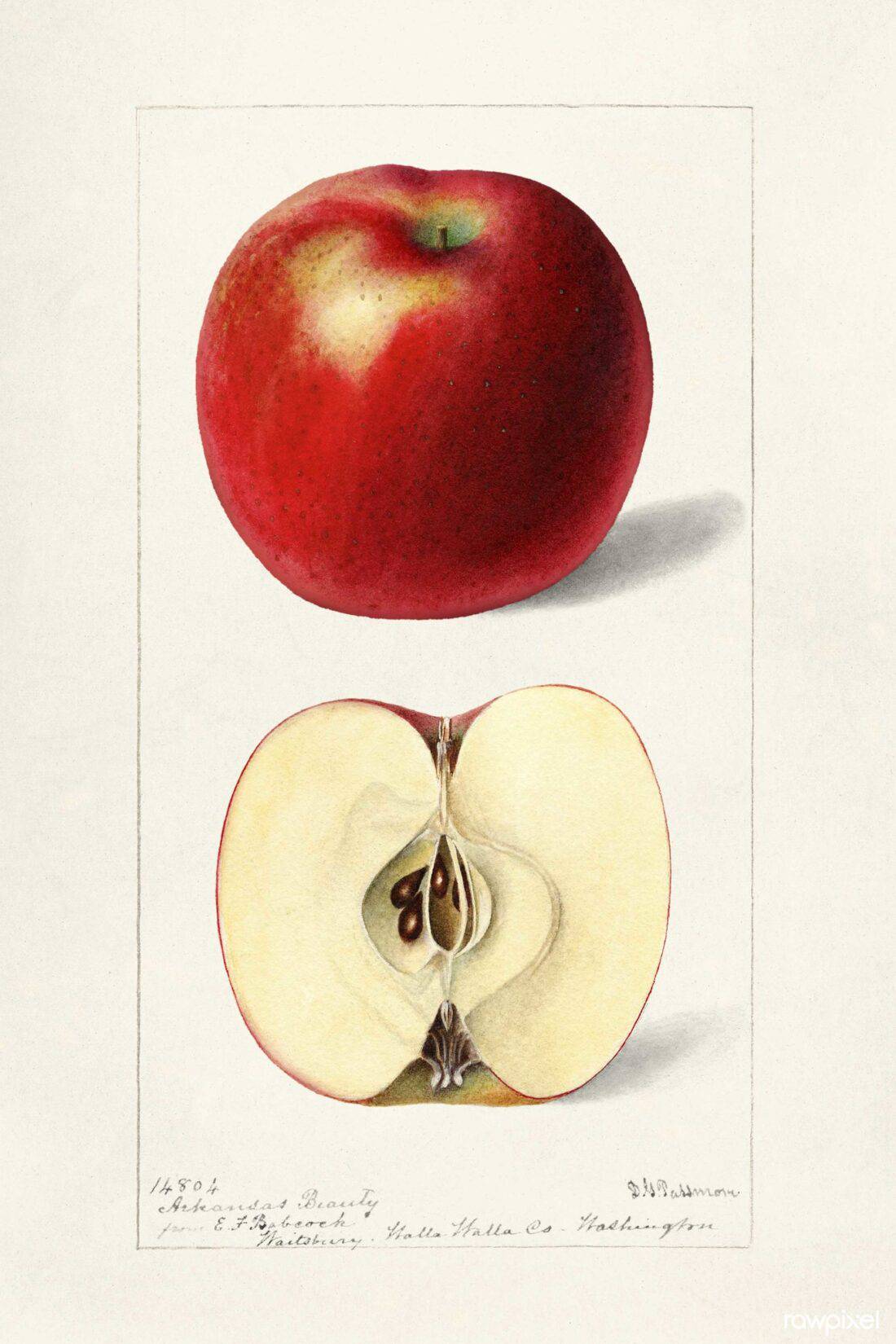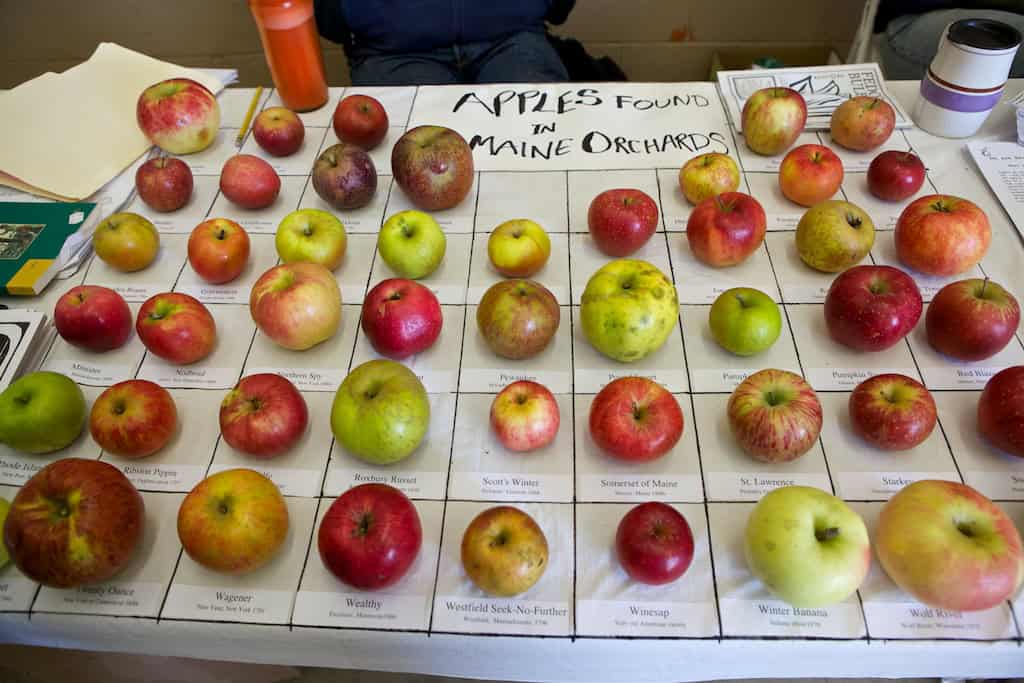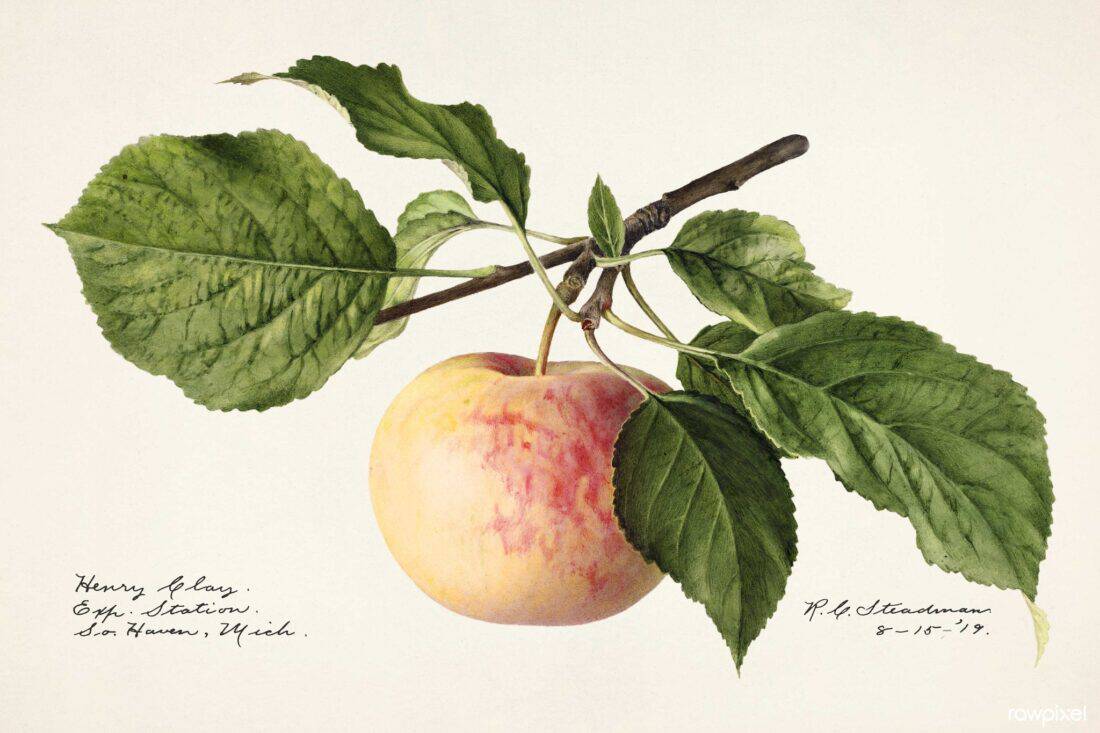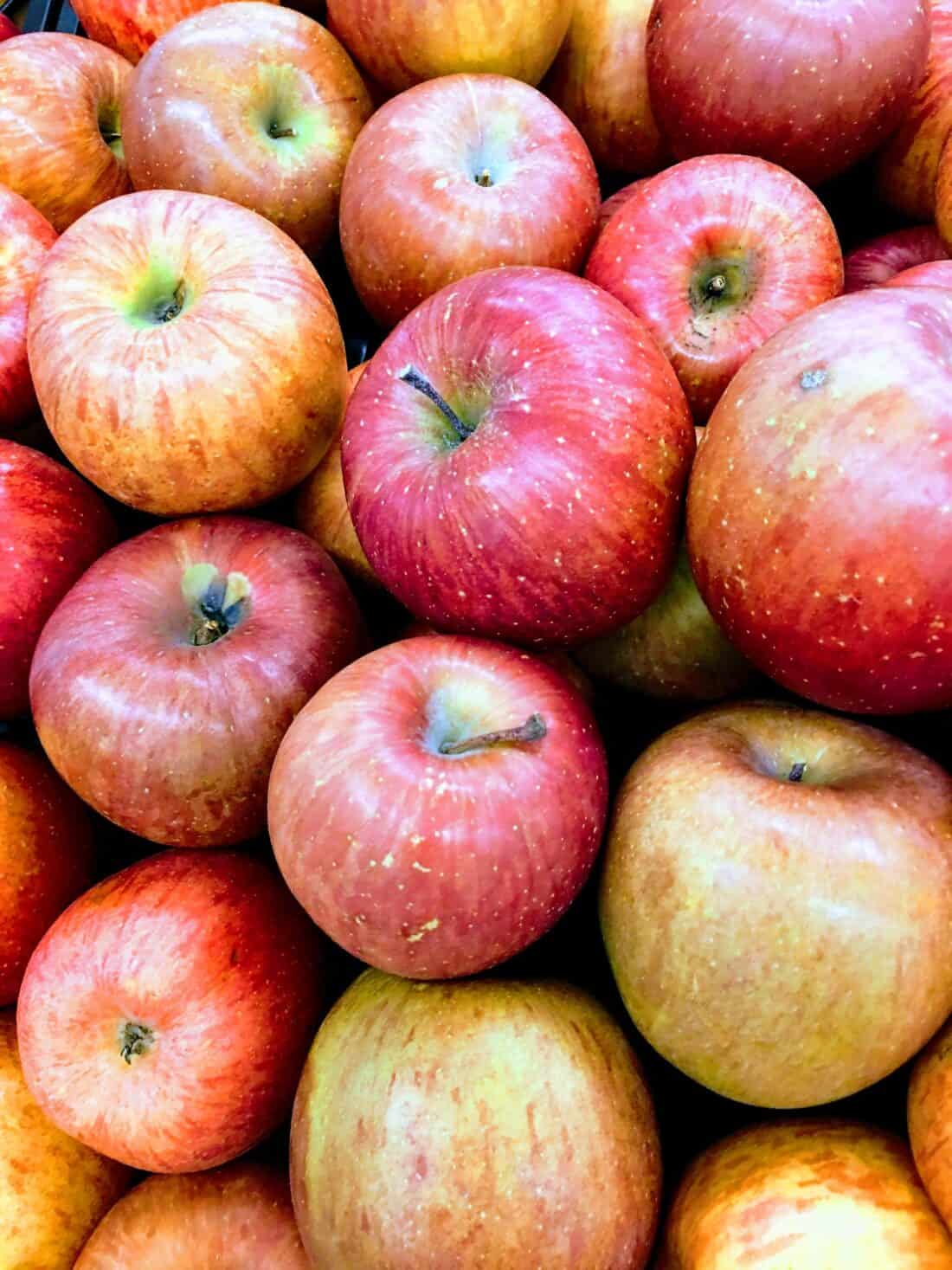This past Sunday, I had the honor to attend Maine’s TED conference, TEDxDirigo. The Treehouse Institute organized this TED event in our state. Dirigo is the state motto for Maine, which simply means – “I lead.” Maine is regarded by some as having one of the oldest populations in the nation. It is a major concern for the future of Maine. Youth tend to move away for college, jobs, and money, and this so-called “brain drain of Maine” is a major concern. The conference leaders wanted to catalyze a movement and generate action to reverse the trend.
The speakers were from all different occupations: a geneticist, a farmer (namely an apple farmer), dancers, students, an advertising executive, and even an incredible beatboxer. One presenter that I want to single out is David Buchanan.

David Buchanan – Heirloom Apple Orchardist near Freeport, ME
David is an entrepreneurial farmer. He and his wife have started an apple orchard near Freeport, Maine (home of LL Bean). Their orchard aims to preserve and re-introduce more apple varieties to the Maine apple eater.
Many of the varieties that David grows were nearly lost in cultivation, proverbially cast to the compost pile in favor of uniform apples that ship well, like Granny Smith, Golden Delicious, and everybody’s favorite target of the apple world, the shiny Red Delicious. Many of these varieties would be lost forever were it not for folks like David, who want to make sure that these apples, at one time preferred for a specific purpose like cooking or cider making, were saved.

One variety David spoke about was tracked down and thought to be extinct until they found one old, lone tree in someone’s backyard in New Jersey. They were able to obtain scion wood from the tree and grow it in the new orchard.
Coastal Maine Botanic Garden’s New Fruit Garden
The reason that this is of real interest to me (other than the fact that I love apples) is that we are about to expand the gardens of Coastal Maine. One of our future gardens is a vegetable and fruit garden, large enough to produce food for our cafe. The area where this garden might be located even has an old apple tree where there was once a farmstead.
One of my favorite childhood memories was of my grandfather taking me to an orchard in the fall and picking up several crates of apples. I think they were Macouns. It has been years, but I think that was my grandfather’s favorite apple. Or maybe they were Northern Spy. I think it would be really cool if my kids could experience a similar memory right here in our town in Maine.

A comprehensive Encyclopedia of The American Apple
Buchanan mentioned that a fellow apple enthusiast and historian, Dan Bussey, is releasing an Encyclopedia of The American Apple – it is titled The Illustrated History of Apples in the United States and Canada. In this book, Bussey describes the almost 20,000 apple varieties that once grew in the United States.
It includes selections that you have probably never seen in the grocery store, like Harrison and Fletcher’s Sweet. Buchanan is growing these historic apples, among many others.
He even has plans to release a line of hard cider. As he describes it, it’s not the sweet, fizzy drink you might have gotten out of a bottle or from a bar, but something altogether different. A beverage that is deep and rich and meant to be savored and enjoyed. I hope to visit David Buchanan’s farm soon. I also hope that once we grow our vegetable and fruit garden, we will be able to select some of Buchanan’s heirloom varieties.

Where to Buy Local Apple Trees:
A quick check online shows that Stark Brothers and Fedco Trees have a good selection of young apple trees to purchase and grow – but if you want a more comprehensive list – Make sure you read our other post about rage and regional local apples. If you know of others we should list, let us know, and we will add them.
–Rodney
